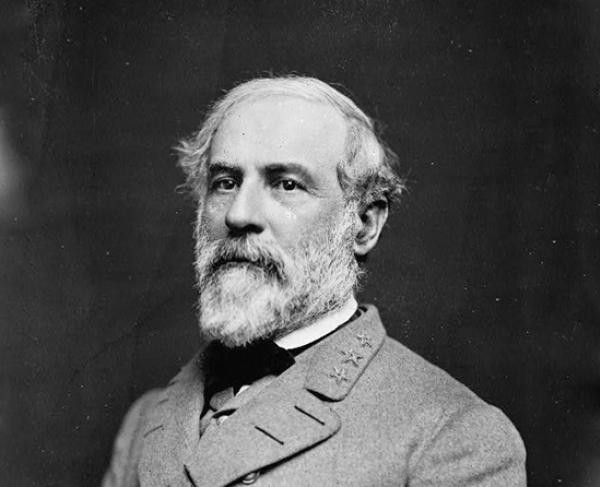The Battle of Gettysburg, a turning point in the American Civil War, is etched in history. But Where Was The Battle Of Gettysburg actually fought? This pivotal clash unfolded in and around the small town of Gettysburg, Pennsylvania. This seemingly quiet location became the scene of one of the bloodiest and most decisive battles in American history from July 1st to July 3rd, 1863. Let’s delve into the geographical context of this monumental conflict.
The Union forces, led by General George G. Meade, found themselves converging on Gettysburg as Confederate troops under General Robert E. Lee sought to push further north. The initial encounter on July 1st was unplanned. Confederate soldiers under Major General Henry Heth were moving towards Gettysburg to procure supplies when they unexpectedly met Union cavalry led by Brigadier General John Buford. Buford’s cavalry skillfully delayed the Confederate advance, buying crucial time for the arrival of Union infantry from the I and XI Corps, commanded by Major General John F. Reynolds. Sadly, Reynolds was killed in the early fighting. Confederate reinforcements, commanded by Generals A.P. Hill and Richard Ewell, soon arrived, escalating the battle. By the end of the first day, after intense fighting in the scorching heat, the numerically superior Confederate forces pushed back the Union troops. The Union army retreated through Gettysburg and established a strong defensive position on Cemetery Hill, just south of the town.
On the second day, July 2nd, the Union army solidified its defense along a fishhook-shaped formation of hills and ridges south of Gettysburg. The Confederate army stretched around this Union position in a longer, encompassing line. General Lee launched a major assault on the Union left flank in the afternoon, spearheaded by Lieutenant General James Longstreet. Fierce combat erupted in areas that would become infamous: Devil’s Den, Little Round Top, the Wheatfield, the Peach Orchard, and Cemetery Ridge. Longstreet’s troops relentlessly attacked the Union lines. However, utilizing shorter interior lines, Union commanders like Major General Winfield S. Hancock were able to rapidly shift reinforcements, effectively countering the Confederate advances. Simultaneously, on the Union right flank, Confederate demonstrations intensified into full-scale assaults on East Cemetery Hill and Culp’s Hill. Despite gaining some ground on both ends of the battlefield, the Confederate forces failed to dislodge the Union defenders from their strategically advantageous positions as night fell.
July 3rd marked the climax of the Battle of Gettysburg. General Lee, believing the Union army was weakening, aimed to exploit the previous day’s gains with renewed attacks. Heavy fighting resumed on Culp’s Hill as Union soldiers fought to retake lost ground. Cavalry engagements occurred to the east and south, but the decisive event was a massive infantry assault against the center of the Union line on Cemetery Ridge, known as Pickett’s Charge. Around 12,500 Confederate soldiers, under Longstreet’s command, charged across open ground. Brigadier General George E. Pickett’s Virginia division formed a significant portion of this attacking force. Despite heavy casualties from Union artillery and rifle fire, a single Confederate brigade briefly reached the crest of Cemetery Ridge – later termed the “High Watermark of the Confederacy.” This valiant but ultimately disastrous attack resulted in nearly 60% casualties for the Confederate attackers. Repulsed by the Union defense, the Confederates retreated. When instructed by Lee to regroup his division, Pickett famously responded, “I have no division.” On the rainy afternoon of July 4th, Lee ordered his army to withdraw from Gettysburg, beginning their long and arduous retreat back to Virginia.
In conclusion, the Battle of Gettysburg took place in Gettysburg, Pennsylvania, and the surrounding areas. This three-day battle involved intense fighting across key locations like Cemetery Hill, Culp’s Hill, Cemetery Ridge, Little Round Top, and Devil’s Den, ultimately ending in a Union victory and marking a crucial turning point in the American Civil War.


 Portrait of Robert E. Lee
Portrait of Robert E. Lee